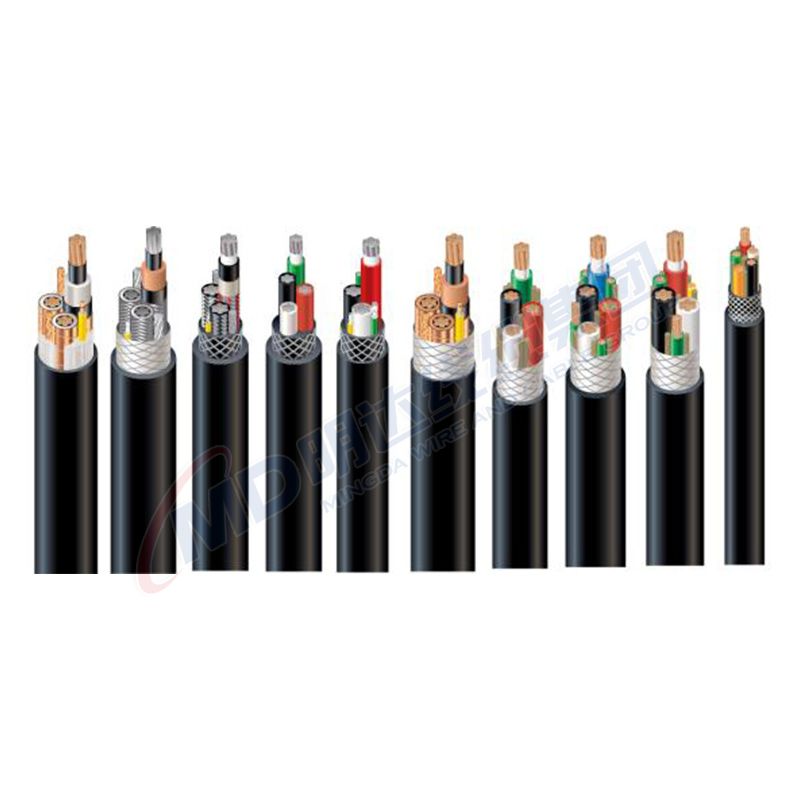Dec . 29, 2024 08:45 Back to list
Understanding the Functionality of Flap Check Valves in Fluid Systems
Understanding Flap Check Valves Functionality and Applications
Flap check valves, also known simply as check valves or non-return valves, are crucial components in various engineering and fluid dynamics applications. These valves are designed to prevent backflow in piping systems, ensuring that fluids or gases flow in only one direction. Understanding the functionality, applications, and advantages of flap check valves can provide valuable insights for engineers and those involved in fluid system design.
What is a Flap Check Valve?
A flap check valve consists of a valve body, a hinged flap (also referred to as a disc), and a seat. When fluid flows in the intended direction, the flap opens, allowing the fluid to pass through. However, if the flow attempts to reverse, the flap closes due to gravity or the fluid’s back pressure, thus preventing any backflow. This simple yet effective mechanism makes flap check valves essential in maintaining the integrity of fluid systems.
Types of Flap Check Valves
Several designs of flap check valves exist, each suitable for different applications. The most common types include
1. Swing Check Valves These have a disc that swings on a hinge when fluid flows through. They are best suited for applications with low fluid velocity. 2. Lift Check Valves In this design, the disc lifts off the seat when fluid flows, allowing for less pressure drop, making them ideal for high-pressure systems.
3. Dual Plate Check Valves Featuring two hinged plates that move together, these valves provide a compact design and can handle higher flow rates, making them popular in large pipe systems.
Applications of Flap Check Valves
Flap check valves are utilized across various industries, with some of the most common applications being
- Water Supply Systems In municipal water systems, flap check valves ensure that water flows toward homes and businesses without backflow contaminating the supply.
- Sewage and Wastewater Management These valves prevent backflow in sewage systems, which is critical for maintaining hygiene and preventing costly overflows
.flap check valve

- Chemical Processing In industries where hazardous chemicals are transported, flap check valves help prevent reverse flow, ensuring safety and compliance with regulations.
- Pumping Stations Flap check valves are installed after pumps to stop the reverse flow when the pump shuts off, protecting the pump and maintaining system pressure.
Advantages of Flap Check Valves
The integration of flap check valves in fluid systems offers several benefits
1. Preventing Backflow The primary function of flap check valves is to prevent the backflow of gases or liquids, which can cause system failures, contamination, and increased maintenance costs.
2. Low Maintenance These valves have few moving parts and generally require minimal maintenance, which can lead to lower operational costs over time.
3. Ease of Installation Flap check valves can be easily integrated into existing piping systems without the need for significant modification.
4. Durability Made from various materials, including stainless steel, plastic, and bronze, flap check valves can withstand harsh environments and corrosion, ensuring longevity.
5. Cost-Effectiveness Compared to other backflow prevention methods, flap check valves are often more affordable and less complex, providing excellent value for both small and large systems.
Conclusion
In summary, flap check valves are a vital component in fluid systems across multiple industries. Their ability to prevent backflow, coupled with their durability and low maintenance requirements, makes them indispensable for ensuring the efficiency and safety of fluid transport and management systems. As industries continue to evolve and expand, the role of flap check valves will remain critical in fostering reliable and streamlined operations. Understanding their functionality, applications, and advantages will equip engineers and designers to utilize these valves effectively, ensuring the integrity and reliability of their systems.
Share
-
Reliable Wafer Type Butterfly Valves for Every IndustryNewsJul.25,2025
-
Reliable Flow Control Begins with the Right Ball Check ValveNewsJul.25,2025
-
Precision Flow Control Starts with Quality ValvesNewsJul.25,2025
-
Industrial Flow Control ReliabilityNewsJul.25,2025
-
Engineered for Efficiency Gate Valves That Power Industrial PerformanceNewsJul.25,2025
-
Empowering Infrastructure Through Quality ManufacturingNewsJul.25,2025